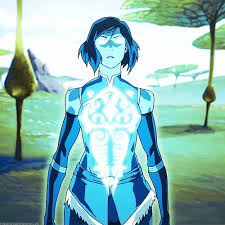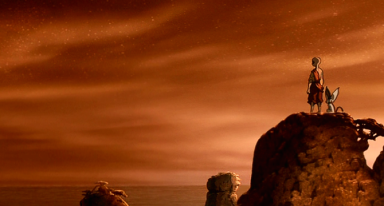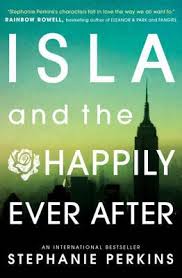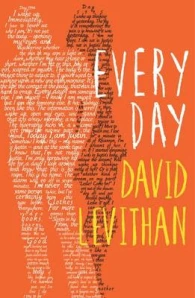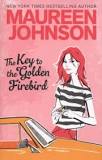When someone asks me what I consider to be my favourite book, the answer always requires some kind of mitigation. ‘Dude, are we talking this year? My favourite classic? The best book I read in my childhood? What influenced me the most? What inspired me? What validated my experience? What did I just straight up enjoy? What got me back into reading?’ The answers to all of these could be so different, from Twilight to Americanah. Jane Eyre, however, is a consistent thread in all of these questions. It is probably the classic I am most likely to recommend people consume (whether it be through film and TV adaptations or the original source material).
I went to see The National Theatre’s adaptation of Jane Eyre yesterday, and it again struck me how much I love the story, even when it was pared down for its telling in this form. I don’t regularly see plays but when I do I am always impressed with how much people involved can do with a small space to convey space and time. This adaptation’s standout points, however, were the very deliberate (I think) choices to focus on Jane Eyre’s quiet desperation for complete and uncompromised autonomy over her life.

It is at this point that I have to emphasise that Jane Eyre has a number of problems regarding its portrayal of race – and I am absolutely going to address this.
Many if not all adaptations of Jane Eyre have of course focused on Jane’s struggle for freedom – to do so would be to ignore key themes in the text. It’s been heralded as ahead of its time, feminist, a staid call to action for gender equality for a number of reasons. The play I went to see last night, however, had this feeling of Jane’s desperation for autonomy coming at you from all sides. From her unbridled, smiling frustration at pious kindness – ‘God seems like a loving tyrant,’ to the decision in the play to have her refuse St. John’s proposal, unlike her acceptance in the book (even though this was withdrawn). From the set decisions that conveyed entrapment, especially in the times of her life when things were actually going well for her. The constant underscore of her conscience in these times – ‘I should be happy, I should be satisfied with tranquillity, I should be grateful, I should I should I should.’
It is probably true that this is more apparent to me because I’m now 23, and am finding uncompromised autonomy a steady but heady process, full of crippling self-doubt that one ultimately has to work through – especially because of the unstructured nature of well, life, after strict regimented academic calendars for so many years. Not to go all ‘millenial’ (ugh) but it’s the truth, or at least my truth. Such is the nature of ‘finding books (or in this case a play) at the right time in your life.’
It is funny that two of the pieces of media that I have really connected to in the past year because of this have both been plays. The first being this one, the other being the Bend It Like Beckham musical. The contexts and the cultural dynamics surrounding these two plays are incredibly different, but the theme of wanting that autonomy, and wondering whether you ‘should’ just be happy with the picture of happiness others are providing for you rings so true in both stories.
The race politics of Jane Eyre have grown more troubling and jarring the older I have gotten. Even though Jane Eyre purports ideas about women that seem almost startlingly beyond its time, it cannot be talked about without reference to Bertha Mason and her presence, and how her race adds to the dynamic of her character. Englishness and whiteness, I feel, in the book, is purported as a correction of self. This is seen in the tutelage of Adele’s character, all culminating at the end of the book to ‘a [correction] of her French defects.’ It is also seen, in a number of ways, in the othering and threat of Bertha’s character. I am incredibly glad the colonial text Wide Sargasso Sea exists, it being the story of how Bertha Mason came to be. Because as much as I love Jane Eyre, it needs that supplementary assassination (even though Wide Sargasso Sea stands on its own as a brilliant text.
What was interesting about Bertha’s character in this play, was that it seemed to favour the popular theory that Jane and Bertha very much alike, but one represents acting on emotions and one practises learned oppression. However, they both experience the pain of not having true autonomy over their lives. Bertha is a woman of colour in the British empire who has been locked up in the attic. Her emotional freedom is the only freedom she has, and the play recognises this. There is a scene where the character of Bertha sings ‘Crazy,’ by Cee Lo Green, which sounds tasteless, but the bit of the song that goes ‘ha ha ha, bless your soul. You really think you’re in control?’ plays so well with the height of emotion for both characters – Bertha’s burning down of her prison and Jane’s sobbing at its decrypt sight. Maybe I’m reaching.
The plays portrayals of social control, even when yielded in the name of kindness and protection, make for an even more satisfying experience when Jane lifts that ‘keen, daring eye’ and asserts her own personhood.
I thoroughly recommend going to see it.
Happy holidays!

